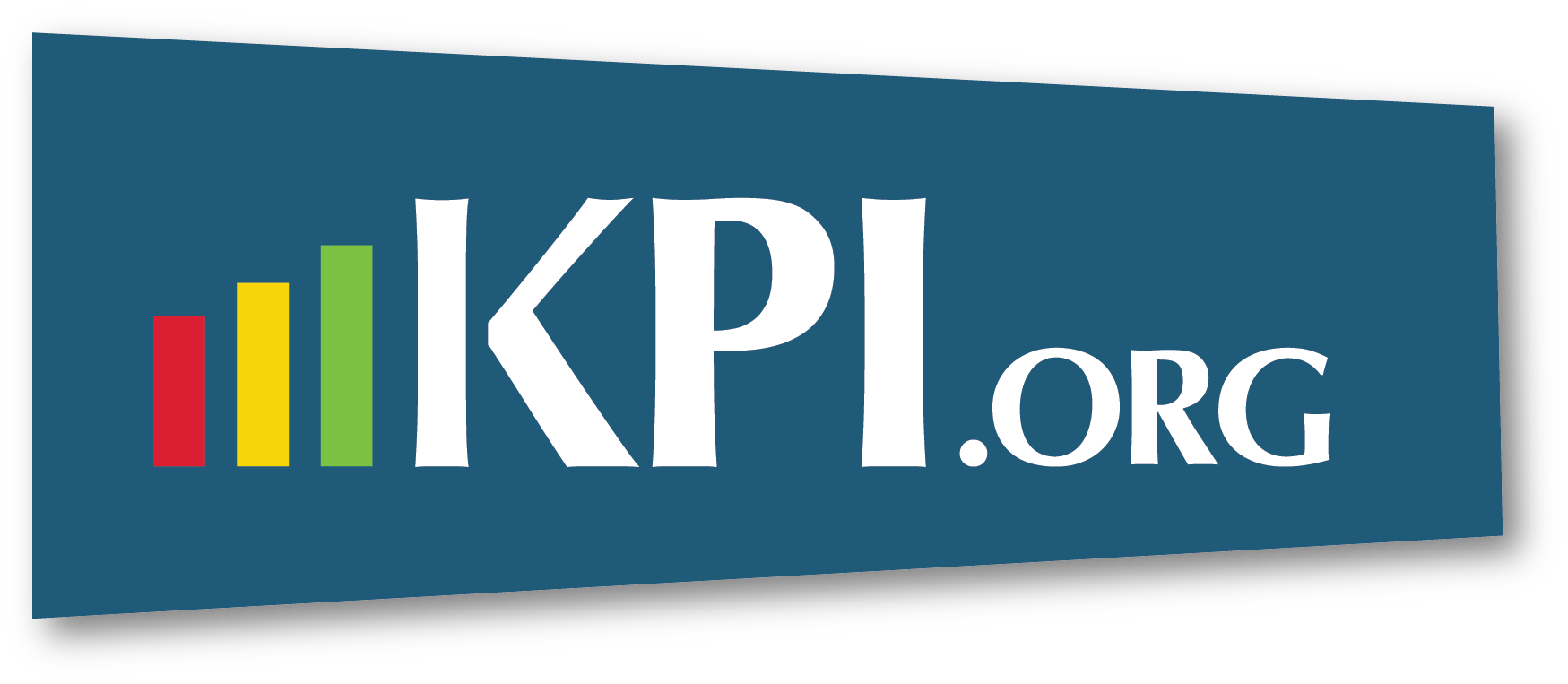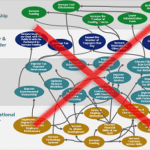Twenty-three people were waiting for the workshop to begin. The job at hand was to facilitate key managers, analysts, and program advisors through a strategic thinking process and formulate a new strategy. The organization was a four-hundred employee health care non-profit. It was 20 years old and was created around a single purpose: saving lives by processing tissue and organs for transplantation.
Strengths, Weaknesses, Opportunities and Threats were summarized into two major categories–Enablers and Challenges. I told the group that the enablers and challenges are important inputs to the strategy formulation process and critical to the next step–deciding who the organization’s customers were.
I took a quick survey. “I’m going to name different individuals and groups, and I want you to raise your hand when I mention a customer. First, I named organ donors–almost every hand went up. Transplant recipients–same thing, almost every hand. Doctors, about three quarters of the hands went up. Hospitals, same thing. Family members of a donor, same. Family of a recipient, the same.
I then asked a question: “If everyone is your customer, how can you create a business strategy that is actionable and focused?–How can you provide world-class services to so many different customers?”
The answer is–you can’t. You need to figure out who the primary customer is and how your organization can serve customer needs efficiently and effectively. Here’s how to do it.
Define customers as the direct beneficiaries of your products and services. Define others as stakeholders–those individuals or groups with an interest in your organization’s success (or failure if they are a business competitor!). And yes, customers are a subset of the larger group called stakeholders.
Separating customers from stakeholders allows you to focus on doing a few things well and not trying to do everything for almost everybody–a common failing that I have observed over the years in many organizations.
So who are the customers and who are the stakeholders in the example above? There are only three customers who are direct beneficiaries of the organizations products and services: a doctor who receives a live tissue or organ product for transplantation, a hospital who receives a product from the organization for delivery to a doctor who performs the surgery, or a dentist who performs an implant. That’s it, just three–value given and value received (in the form of a payment for a product). Are others in the example important? Of course they are, but they are very invested stakeholders, not primary customers.
How did this workshop help the organization? By identifying the three primary customers, new strategies were developed that aligned directly to the mission and vision. These strategies provided strategic direction that could be made actionable with a budget and an operating plan. Then several strategic initiatives were identified that would directly improve customer-facing processes and services affecting the three primary customers. And strategic performance measures were identified, to ensure that progress was being made on the organization’s goals.
Building a strategy focused organization is about defining and connecting organization strategic elements. Identifying customers and their needs is a critical step. You can learn more about how to identify your customers and improve customer value in our new book, The Institute Way: Simplify Strategic Planning and Management. You can order it here or on Amazon.
Howard Rohm is President & Co-Founder of Balanced Scorecard Institute, a Strategy Management Group company. Howard is an author, performance management trainer and consultant, technologist, and keynote speaker with over 40 years’ experience.





